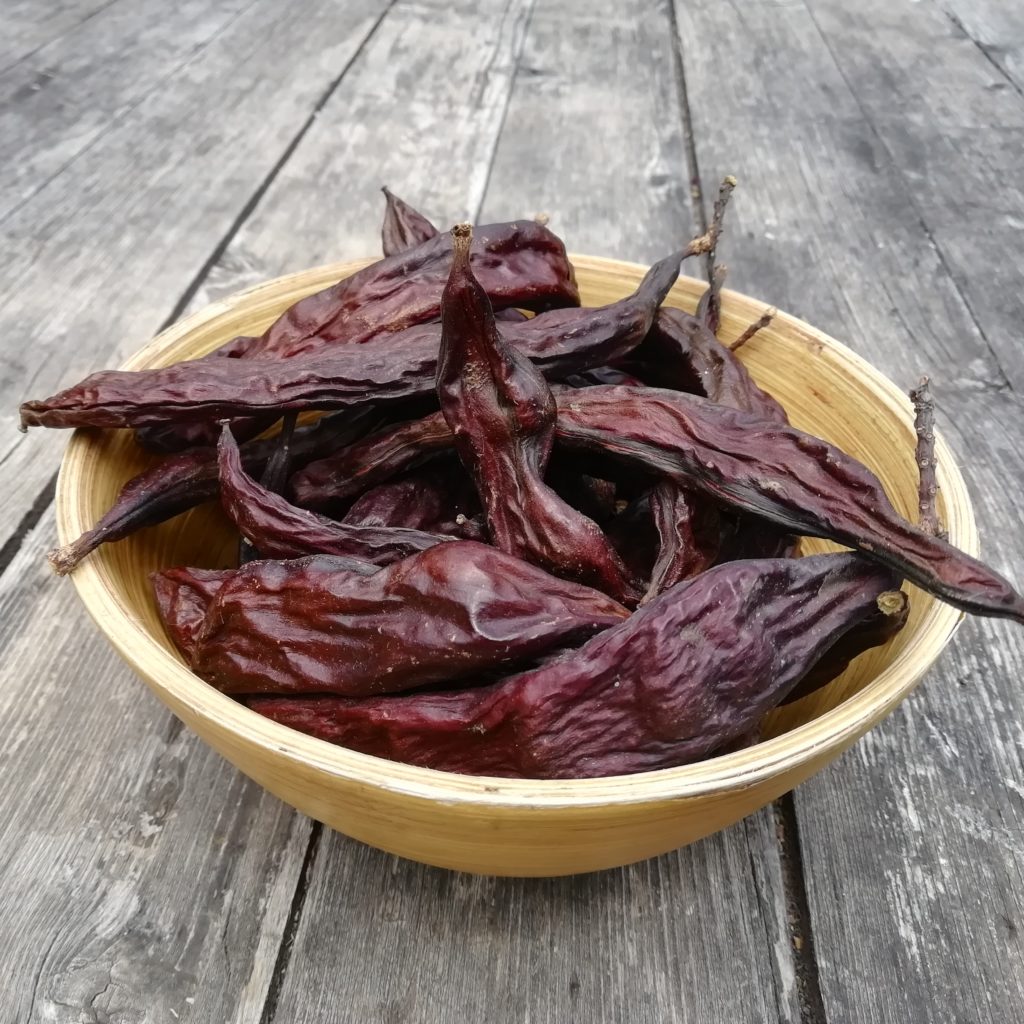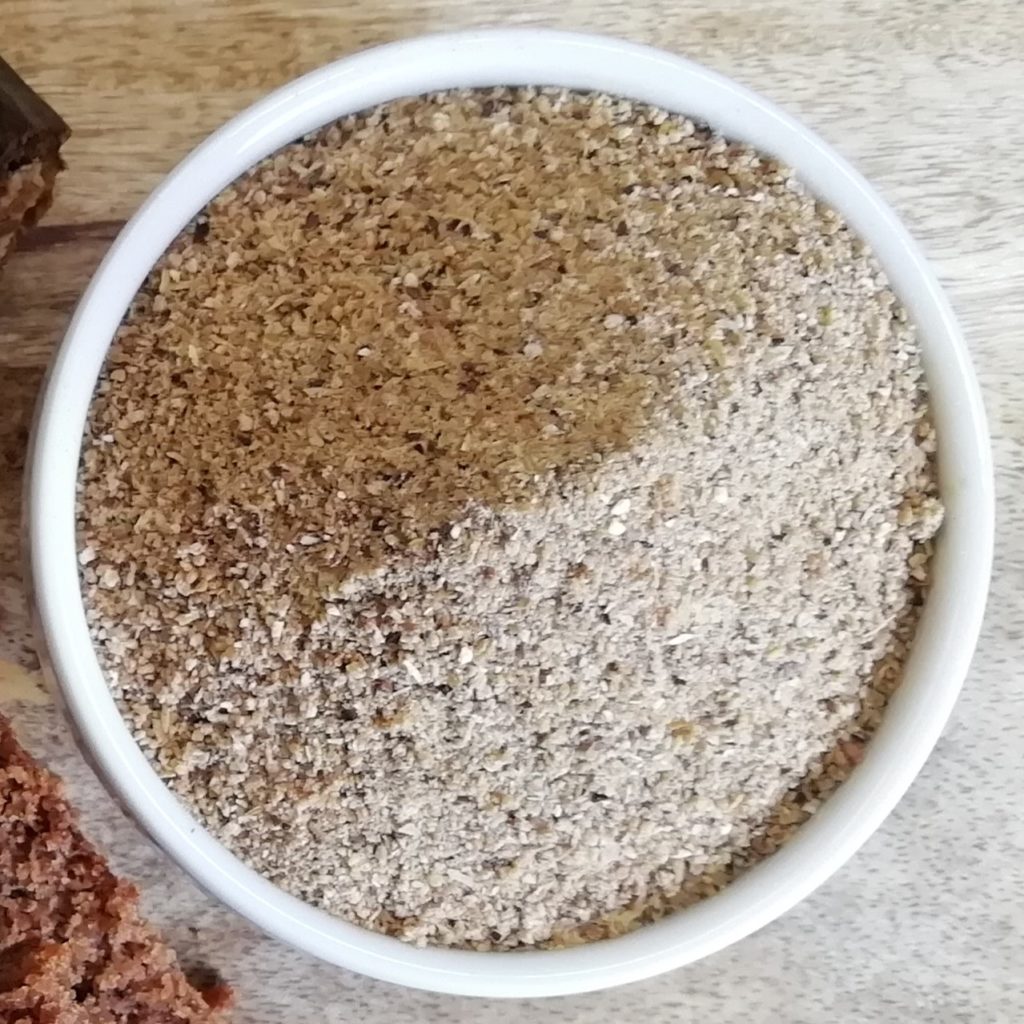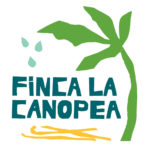Un super ingrediente
ES Esta semana te queremos hablar del algarroba, un super ingrediente que recolectamos hace poquito en la finca. Ya tenemos 2 árboles en producción y tenemos algunos más plantados, así que no somos todavía los primeros productores mundiales, pero para nuestro uso autosuficiente ¡es un buen comienzo!
EN This week we want to talk about carob, a super ingredient that we recently harvested on the farm. We already have 2 trees in production and we have some more planted, so we are not yet the first producers in the world, but for our self-sufficient use it’s a good start!


El algarrobo (Ceratonia siliqua) es un árbol mediterráneo que pertenece a la familia de las leguminosas.
Nos interesa cultivarlo en la finca porque sus vainas son un super ingrediente con unas propiedades increíbles!
-Es un alimento enérgico por naturaleza ya que contiene entre un 40-50% de azúcares naturales. Si lo usas en pastelería te permite reducir de más de la mitad la cantidad de azucar que vas a poner.
-Es un alimento abundante en fibra soluble, ideal para las digestiones y un buen funcionamiento de los intestinos.
-Contiene ácidos grasos indispensables que el organismo no puede fabricar por sí mismo, tales como el linoleico y el oleico.
-Posee una cantidad elevada de minerales: calcio, hierro, fósforo, magnesio, zinc, silicio y potasio.
-Es rico en vitaminas A (pro-vitamina A o beta-caroteno), B1 (tiamina), B2 (riboflavina), B3 y D.
-No contiene gluten, lo que lo hace un ingrediente inigualable para las personas celíacas.
Carob (Ceratonia siliqua) is a Mediterranean tree that belongs to the legume family.
We are interested in growing it on the farm because its pods are a super ingredient with incredible properties!
-It is an energetic food by nature as it contains between 40-50% of natural sugars. If you use it in baking, it allows you to reduce the amount of sugar you use by more than half.
-It is a food rich in soluble fibre, ideal for digestion and good bowel function.
-It contains essential fatty acids that the body cannot produce itself, such as linoleic and oleic acids.
-It is rich in minerals: calcium, iron, phosphorus, magnesium, zinc, silicon and potassium.
-Rich in vitamins A (pro-vitamin A or beta-carotene), B1 (thiamin), B2 (riboflavin), B3 and D.
It is gluten-free, which makes it an unbeatable ingredient for people with coeliac disease.
¿Cómo transformar las vainas?



Ahora te vamos a explicar cómo transformamos nuestras vainas de algarrobo para poder usarlas en la cocina.
Recolectamos las vainas y las dejamos secar unos meses.
Cortamos a mano cada vaina en varios trocitos.
Pusimos las vainas troceadas en la bandeja del horno y las secamos durante varias horas a baja temperatura (3 horas a 50 grados en nuestro caso). El tiempo de secado depende de la humedad que tengan las vainas.
Una vez secadas, pasamos las vainas de algarroba troceadas por la trituradora. ¡ Cuanto más potente, mejor! Hay que reducir todo el material hasta tener una harina más o menos fina.
Si notas que la harina sigue un poco húmeda la puedes volver a hornear un tiempo para terminar de sacar toda la humedad. De tal manera se conserverá mejor. Durante todo el proceso emana un olor increíblemente rico, así que ¡ ya solo para esto vale la pena hacer todo el trabajo!
Y ahora que tienes tu preciada harina de algarrobo casera, ¿que puedes hacer con ella?
Now we are going to explain how we transform our carob pods so that they can be used in the kitchen.
Harvest the pods and leave them to dry for a few months.
We cut each pod into several small pieces by hand.
We put the chopped pods on the baking tray and dry them for several hours at a low temperature (3 hours at 50 degrees in our case). The drying time depends on the humidity of the pods.
Once dried, we put the chopped carob pods through the shredder, the more powerful the better! All the material should be reduced to a more or less fine flour.
If you notice that the flour is still a bit wet, you can bake it again for a while to remove all the moisture. This way it will keep better. During the whole process it smells incredibly nice, so it’s worth doing all the work only for this !
And now that you have your precious homemade carob flour, what can you do with it?
Pastel de algarroba, almendra y chocolate

Ingredientes:
200g de mantequilla
100g de chocolate negro
1 vaso de leche vegetal
3 huevos
80g de azúcar moreno
100g de harina de algarroba
80g de almendra en polvo
250g de harina integral
levadura para pastelería
Preparación
Poner la mantequilla y el chocolate en una cazuela pequeña a fuego suave para que se derriten. Añadir el vaso de leche vegetal.
En una fuente, batir a mano los huevos con el azúcar, y luego añadir la mezcla de mantequilla-chocolate-leche.
Añadir la harina de algarroba y la almendra en polvo, remover hasta completa incorporación, y añadir la harina con la levadura.
Cocer 25minutos en el horno a 180ºC.
¡ Gracias por leernos y Buen provecho !
Ingredients:
200g butter
100g dark chocolate
1 glass of vegetable milk
3 eggs
80g brown sugar
100g carob flour
80g almond powder
250g wholemeal flour
baking powder
Preparation
Put the butter and chocolate in a small saucepan over a low heat to melt. Add the glass of vegetable milk.
In a bowl, beat the eggs with the sugar by hand, then add the butter-chocolate-milk mixture.
Add the carob flour and the almond powder, stir until completely incorporated, and add the flour with the baking powder.
Bake in the oven for 25 minutes at 180ºC.
Thank you for ready us and Bon appetit!

